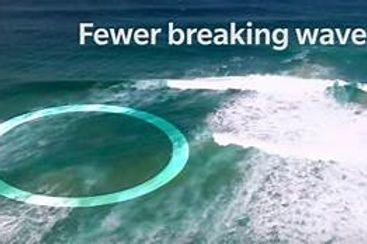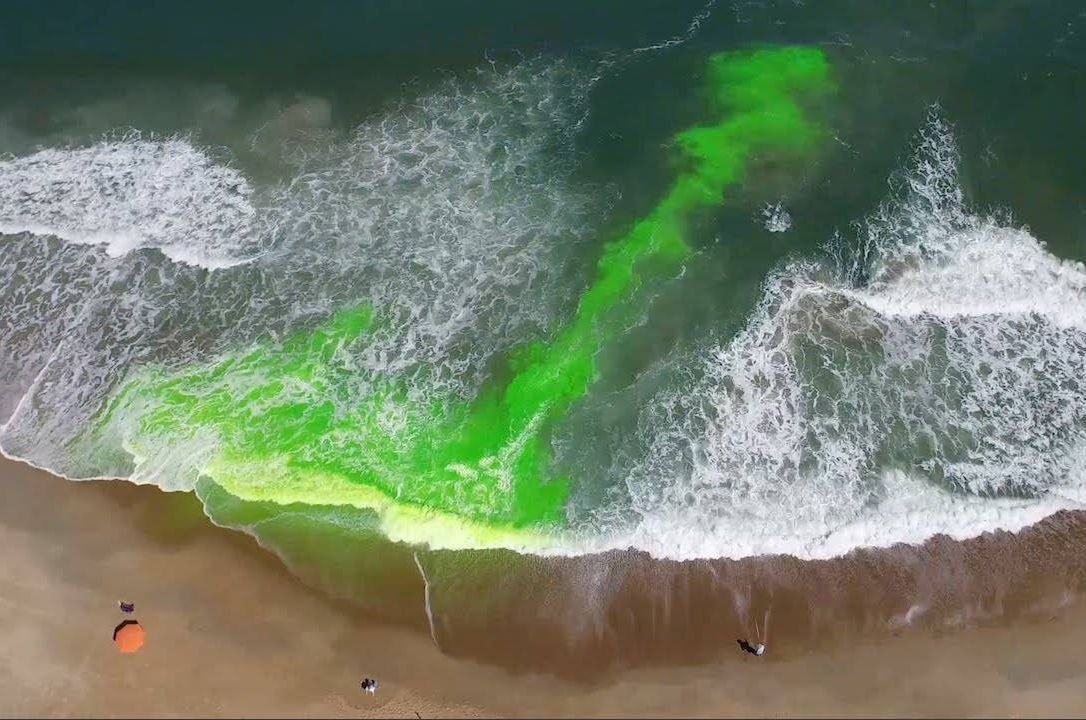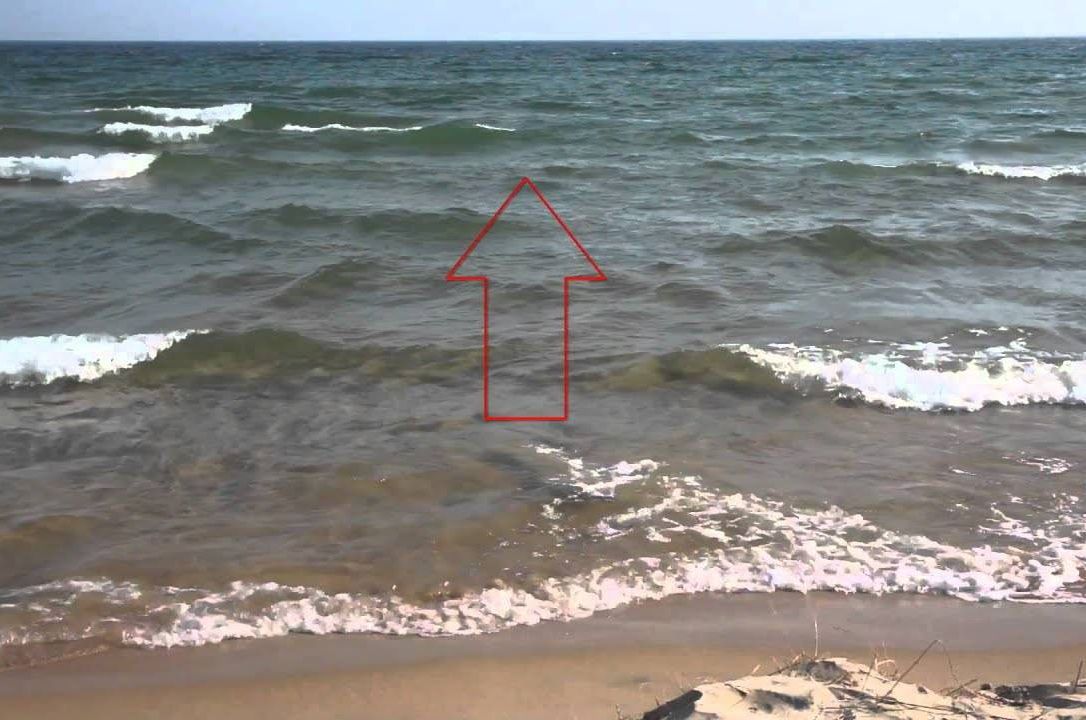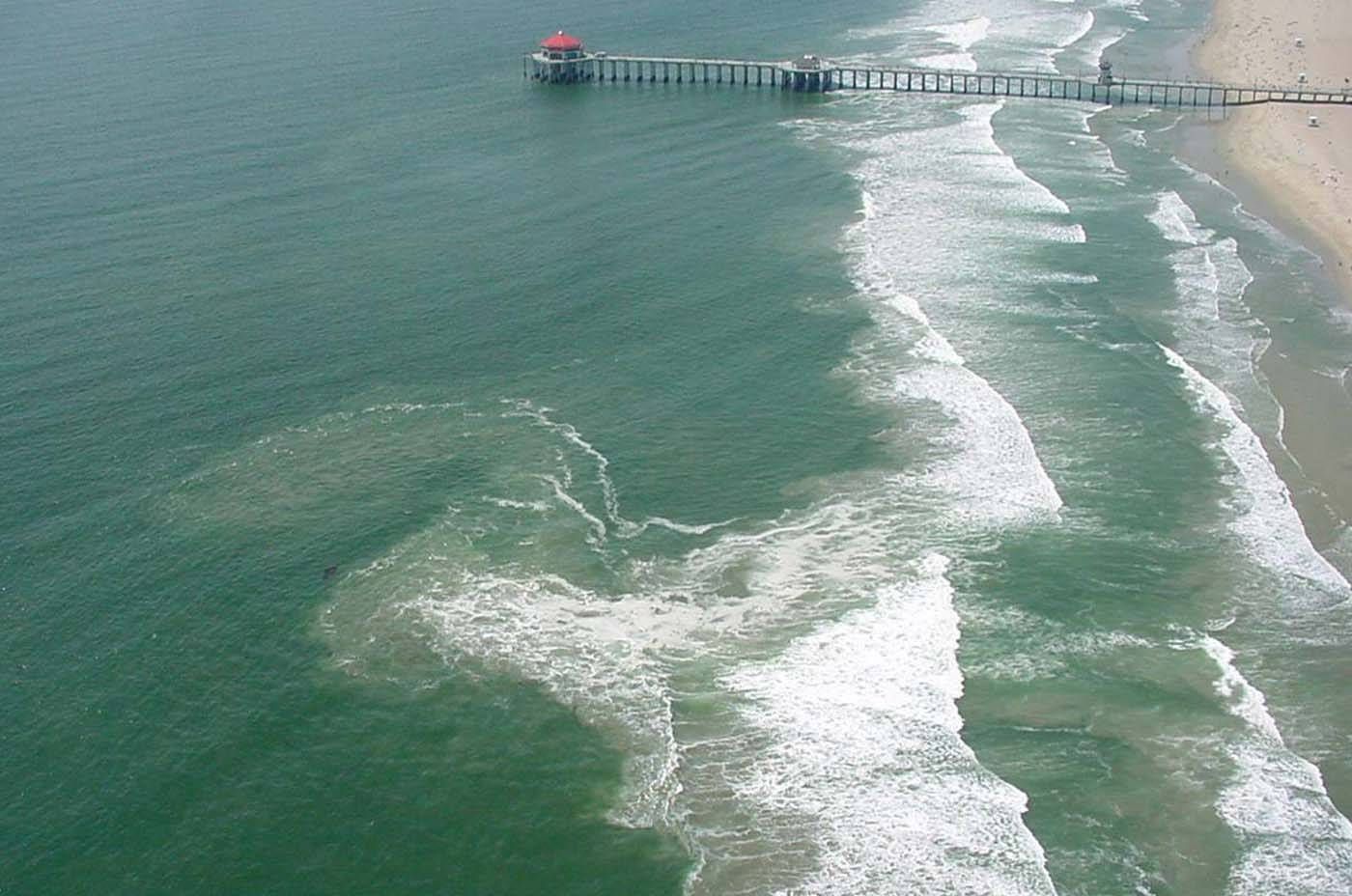Rip Current Safety Tips
We encourage you to watch the following videos. It only takes a minute, and it could end up saving your life.
TOPSAIL BEACH BEACH Rip Current Flag System
A minute of reading can save your life, your kids or someone you love.
Learn about Rip/Long shore Currents BEFORE you or your children get wet.
We STRONGLY recommend that you do NOT enter the water if RED flags are flying on the beach. Stay out and stay safe.
Rip Current Flags
The Town of Topsail Beach, has partnered with Pender County EMS, to initiate a rip current flag warning system. The purpose of this program is to educate and bring awareness to the public on the dangers of rip currents, as well as provide daily updates on the presence of rip currents along our beach.
Rip currents are dangerous, channeled currents of water that can carry swimmers away from the shore. They may be present, even when not visible just by looking at the water. Flags are posted at all public beach accesses and beach conditions are monitored throughout each day. Flags will change based on the conditions. Please remember that the absence of red flags does not assure safe conditions. Please get familiar with what each color means. Remember, many visitors, tourist and vacationers are unfamiliar with the Rip Current danger, so spreading the word can help reduce the loss of life.

Green Flags- Low Hazard and Calm Conditions
The ocean is always unpredictable, and even on clear and calm days, hazards still exist. However, there are days when the threat of danger is lower then others. A green flag on the beach is an all-clear sign, indicating that it's safe to swim. Even when the flag is green, make sure to exercise caution in the ocean.

Yellow Flags- Be Aware and Cautious
Yellow flags mean some rip current activity is expected. You should be cautious if entering the water, don't swim alone, and know what to do if caught in a rip current. If you're swimming with children, or you aren't a strong swimmer yourself, wear a life jacket when swimming on yellow-flag days.

Red Flag- Strong and Frequent Rip Currents are Expected
Red flags mean dangerous rip current activity is expected. The rip currents would be likely to be stronger and more frequent. Though you can still swim if there is a red flag, all swimmers are discouraged from entering the water. Those entering the water should use extreme caution.
We hear ALL the time...
"I grew up swimming, I will be fine"
....unfortunately, we have seen tragedy and have seen that this mindset just doesn't help...plus it wont help your family if someone accidently gets into a RIP Current.
Please...this is A MUST READ to keep both YOU and YOUR family safe!
Beach Policy
Spend your holiday vacation relaxing in our captivating oceanfront destination here at Sea Vista Motel in Topsail Beach, North Carolina. We have listed a few guidelines and policies to help you maximize your wonderful beach experience.
Rip Currents Q and A's
For more Rip Current questions and answers, visit https://www.weather.gov/safety/ripcurrent-faqs.






